Why Paris-Roubaix 2025 is proof that road bike tyres still have a long way to go
Paris-Roubaix bike tech could have wide implications for the many - here's why
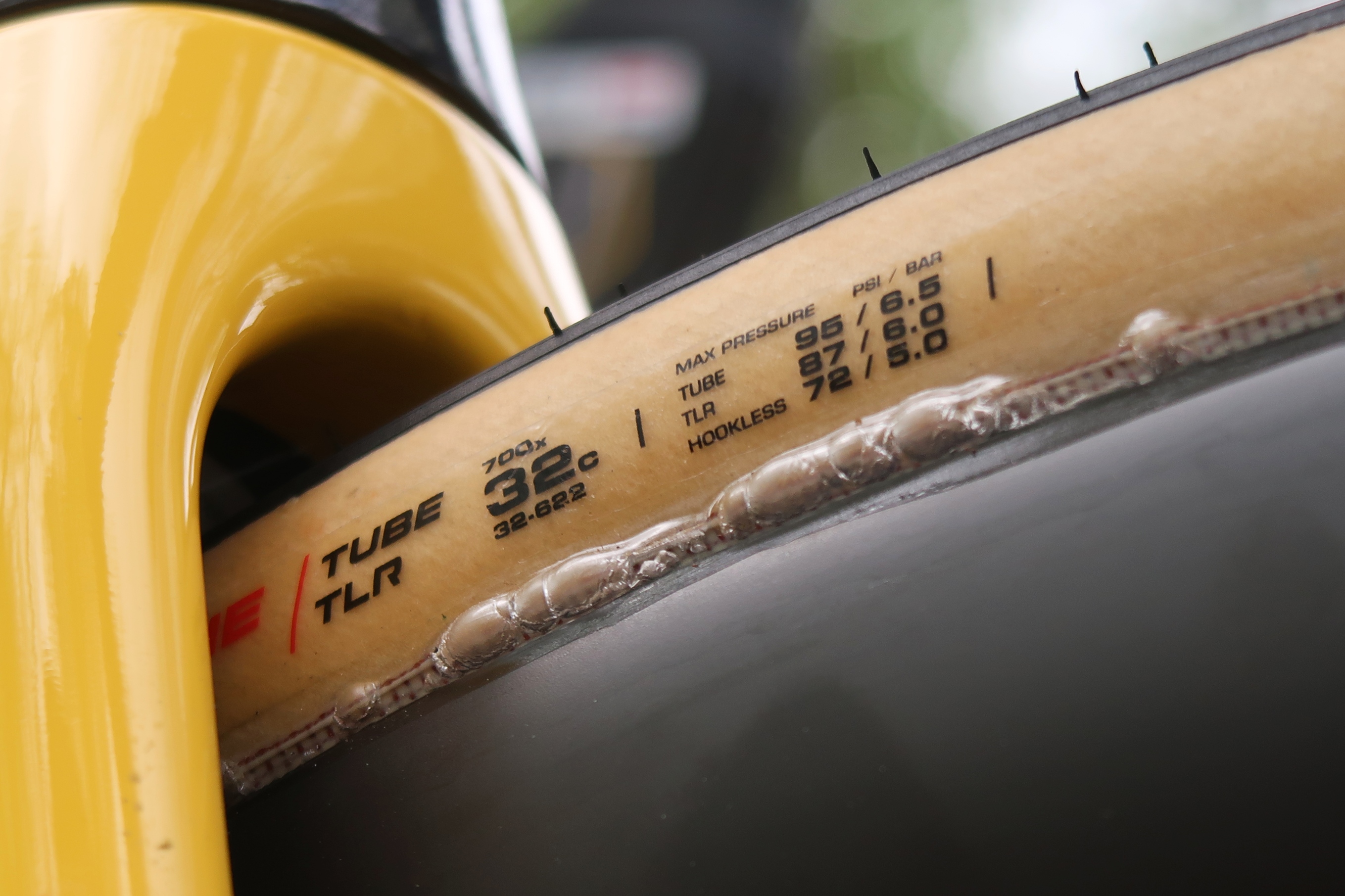
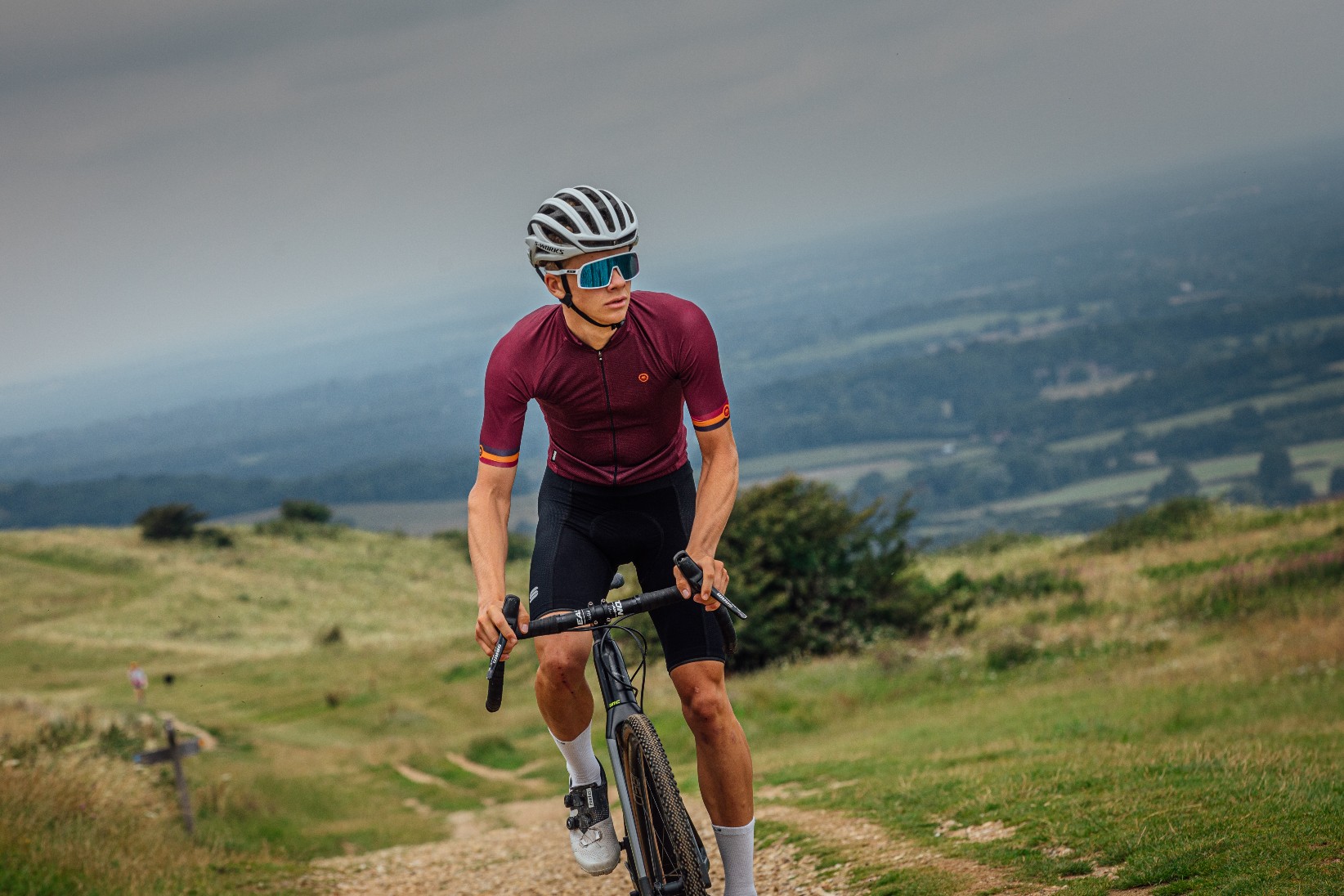
This year’s Paris-Roubaix was an edition to remember. In the women’s race, Pauline Ferrand-Prévot made history with a stellar debut victory, while the men’s race saw a head-to-head between two of the sport's most formidable talents, Mathieu van der Poel and Tadej Pogačar. The drama on the cobbles was as intense as ever, but the bikes being ridden were interesting too.
As always, technology takes centre stage at Paris-Roubaix, largely because of the race’s punishing nature. This event doesn’t just test riders’ endurance; it challenges the very machines they ride.
In the past, we've seen some outlandish setups designed to tackle the demanding terrain - innovative frame designs, unusual bike components, and creative tyre solutions all came into play. However, in recent years, the development of bike tech has settled down. With advancements in frame materials and tyre technologies, bikes have become more reliable and less eccentric.
But while setups are less wild than in years past, there’s still much to be learned, and 2025 revealed that bike tech - particularly tyre technology - has a long way to go.
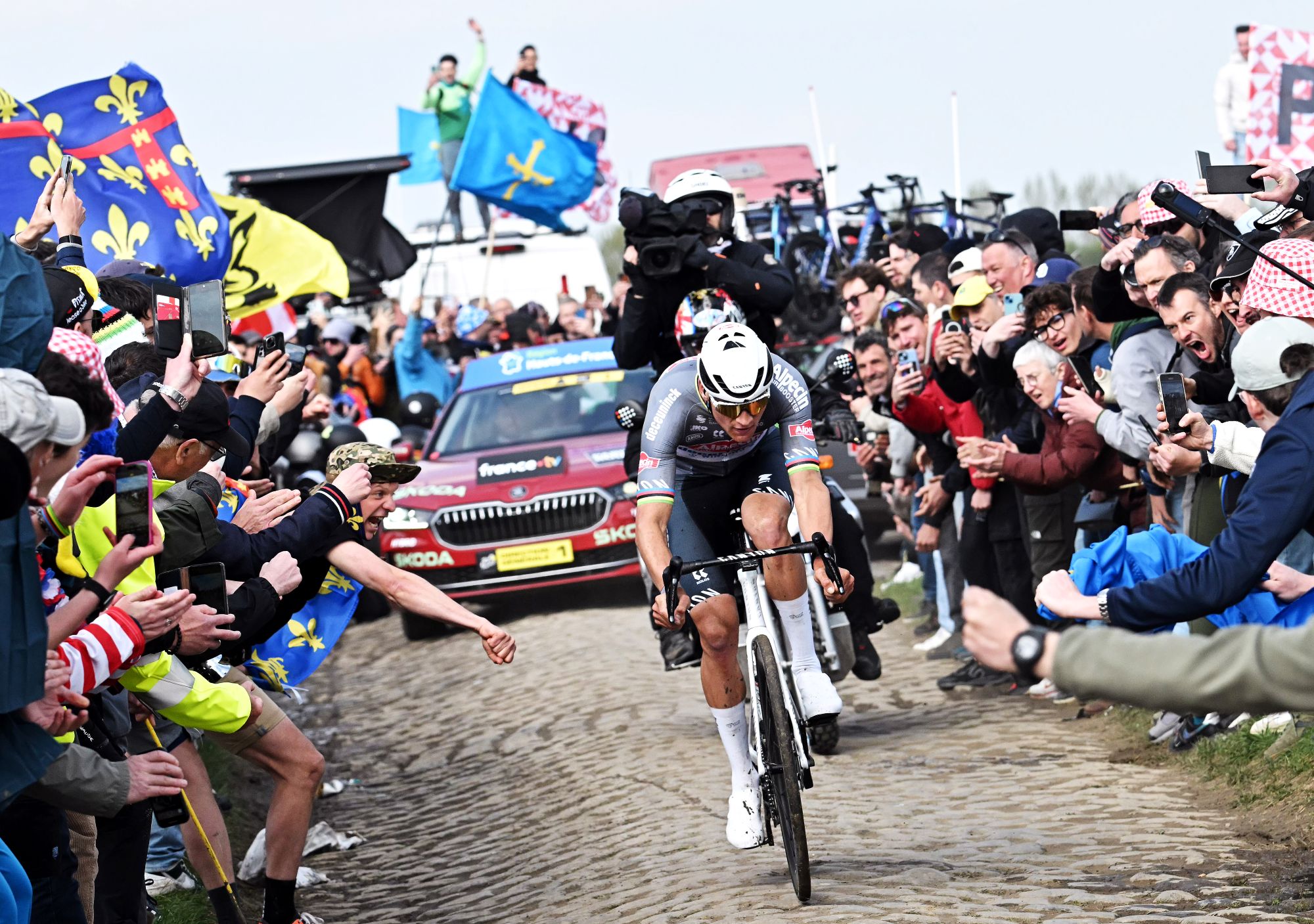
It was Mathieu van der Poel who won solo in the men's race
What we saw at Paris-Roubaix 2025
When we walked the pits and examined the bikes up close, there was a noticeable shift. The usual suspects, like wider tyres and double-wrapped bar tape, were still present. But beneath these relatively safe modifications, there were more intriguing details that stood out.
One of the more eye-catching developments was the use of the Gravaa tyre pressure system on Visma-Lease a Bike’s bikes. Though Visma Lease-a-bike has been using the system for some time now, it's certainly continuing to prove itself, racking up a win in the women's race, and wins last year at the Gravel World Championships.
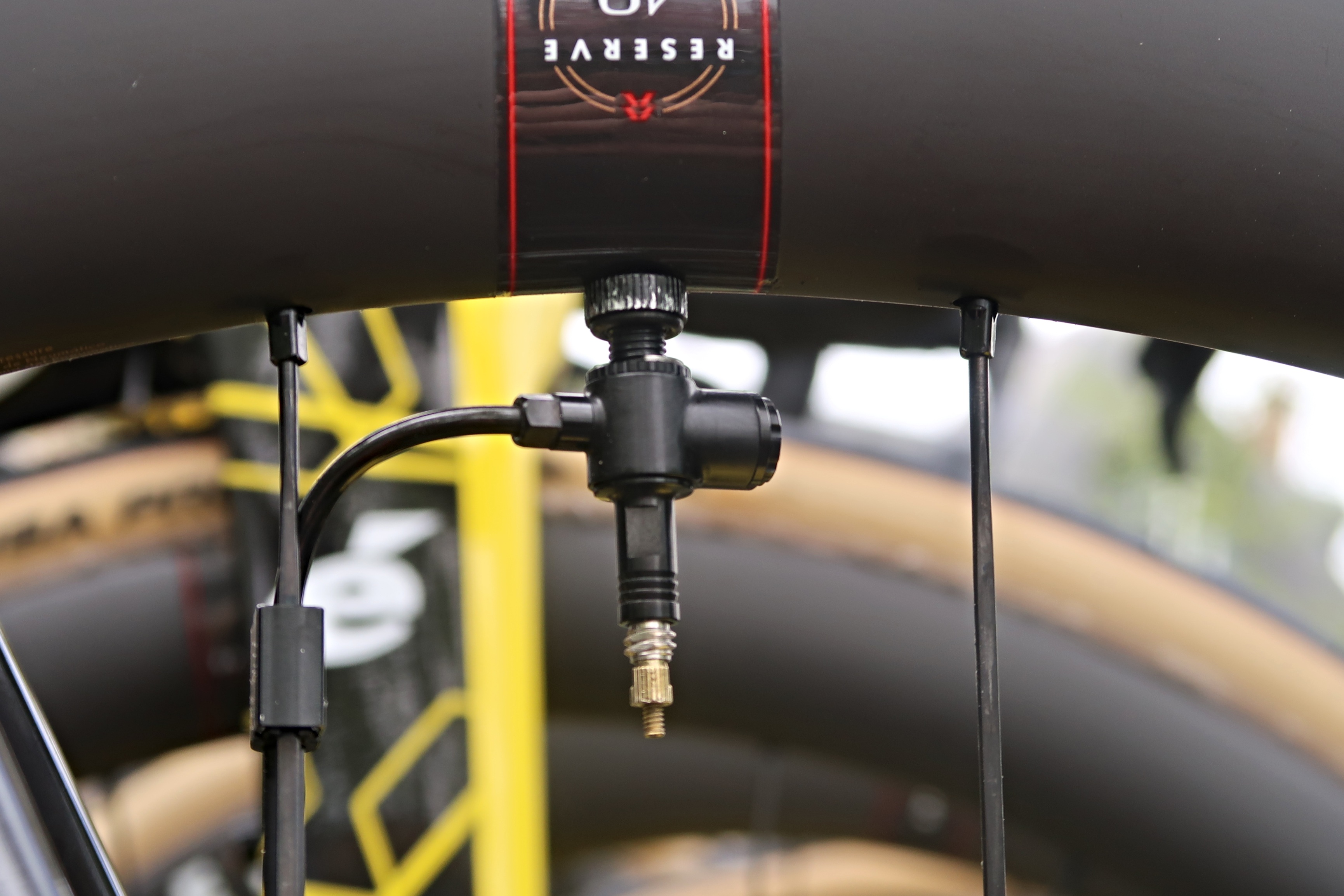
An remote valve system allows for pressure alterations on the fly.
Another noticeable tech trend was the increasingly widespread use of wider tyres. Some teams, including Intermarché, pushed the limits of tyre clearance by fitting 35mm tyres to their bikes. While this wasn’t groundbreaking, it served as a clear indication that wider tyres are here to stay.
But perhaps the most fascinating development we observed was the gluing of tubeless tyres to rims. Normally, tubeless tyres are designed to stay in place without the need for glue, but at Roubaix, Visma Lease-a-bike were seen gluing their tubeless tyres to their rims.
The reason? The brutal cobbles can sometimes unseat tubeless tyres, causing them to lose air pressure. It’s an indication that even the most advanced tyre technologies aren’t foolproof when faced with the extreme demands of Paris-Roubaix.
What does it mean for bikes of the future?
All these developments point to one central theme: tyre tech still has a lot of room to grow - no pun intended, I promise...
The move to wider tyres, while beneficial for comfort and grip, has created a new set of challenges, particularly around frame clearance. As we saw with teams like Intermarché pushing the limits with 35mm rubber, the need for frames to accommodate these wider tyres is becoming critical. Of course, in many cases rider's could opt for an endurance bike from their sponsor, with more tyre clearance, but we are talking more specifically here about manufacturers keeping wider tyres in mind for race bikes.
In recent years, we have seen more and more frames and wheels being designed with 28, or even 30mm tyres in mind, and these components and frames are proof that if you design a bike around wider tyres, you can make it faster from an aerodynamic stand point - but that requirement needs to be in mind throughout the design process. While many performance frames are capable of handling 35mm tyres, we expect that more bikes will become optimised specifically around 30mm rubber or perhaps even more, whilst still remaining firmly in the 'race bike' category.
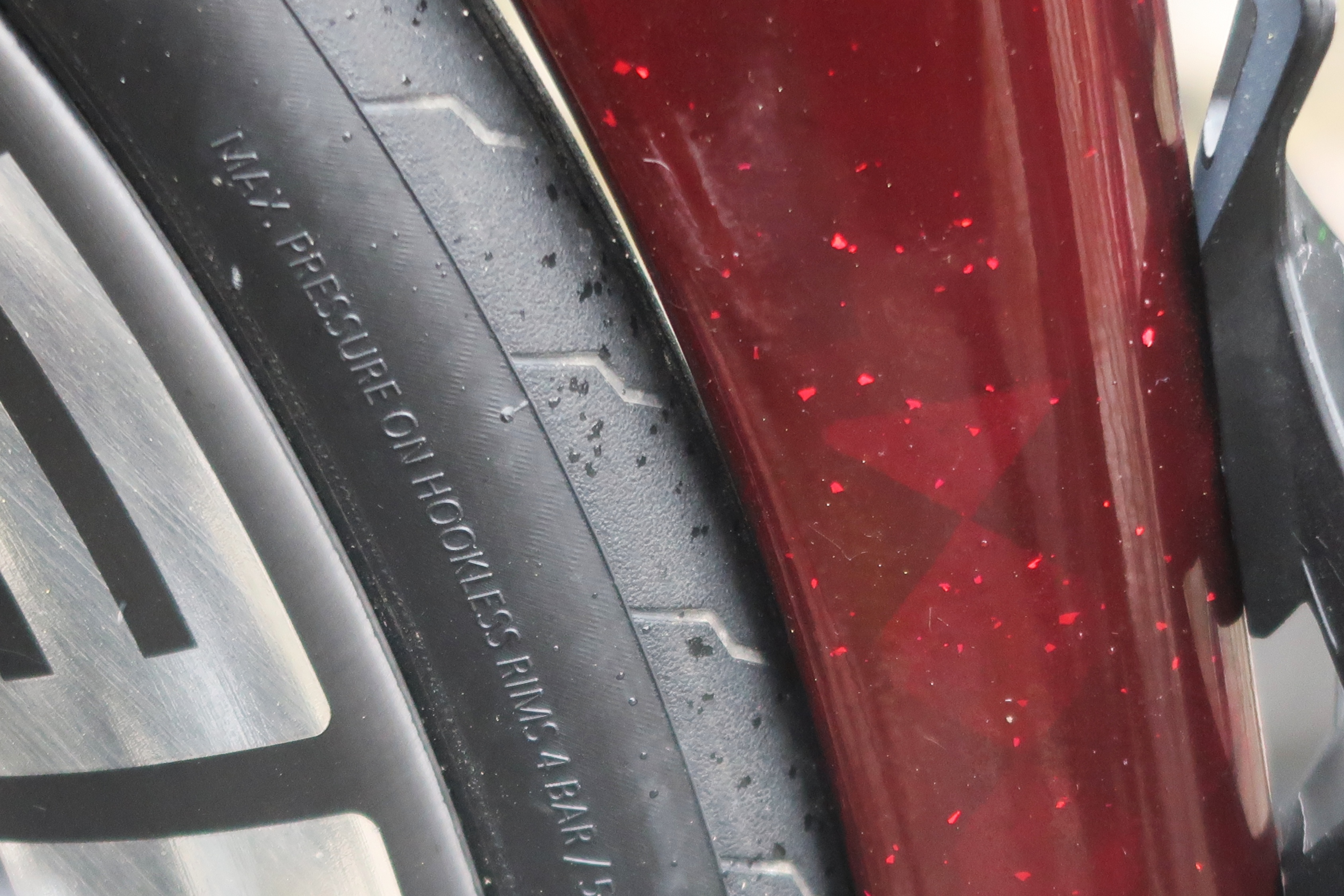
Intermarche-Wanty were certainly pushing the limits of tyre clearance on Sunday.
The use of the Gravaa tyre pressure system also shows how far technology has come in terms of providing riders with more control. The ability to adjust tyre pressure in real-time adds another layer of strategy to the race.
However, it also highlights a key truth: even with all this technology, Paris-Roubaix remains a race where mechanical issues still play a major role.
Gluing tubeless tyres onto rims (don't do this at home) is an example of how teams haven't yet to come up with a totally foolproof bike setup. This undoubtedly means further optimisation and development is still inevitable. Ever widening tyres will, we think, lead to more widespread adoption of wider internal rim widths in the coming years, and we expect to see more research and development at both wheel and tyre brands to make sure these setups are both safe, and fast.
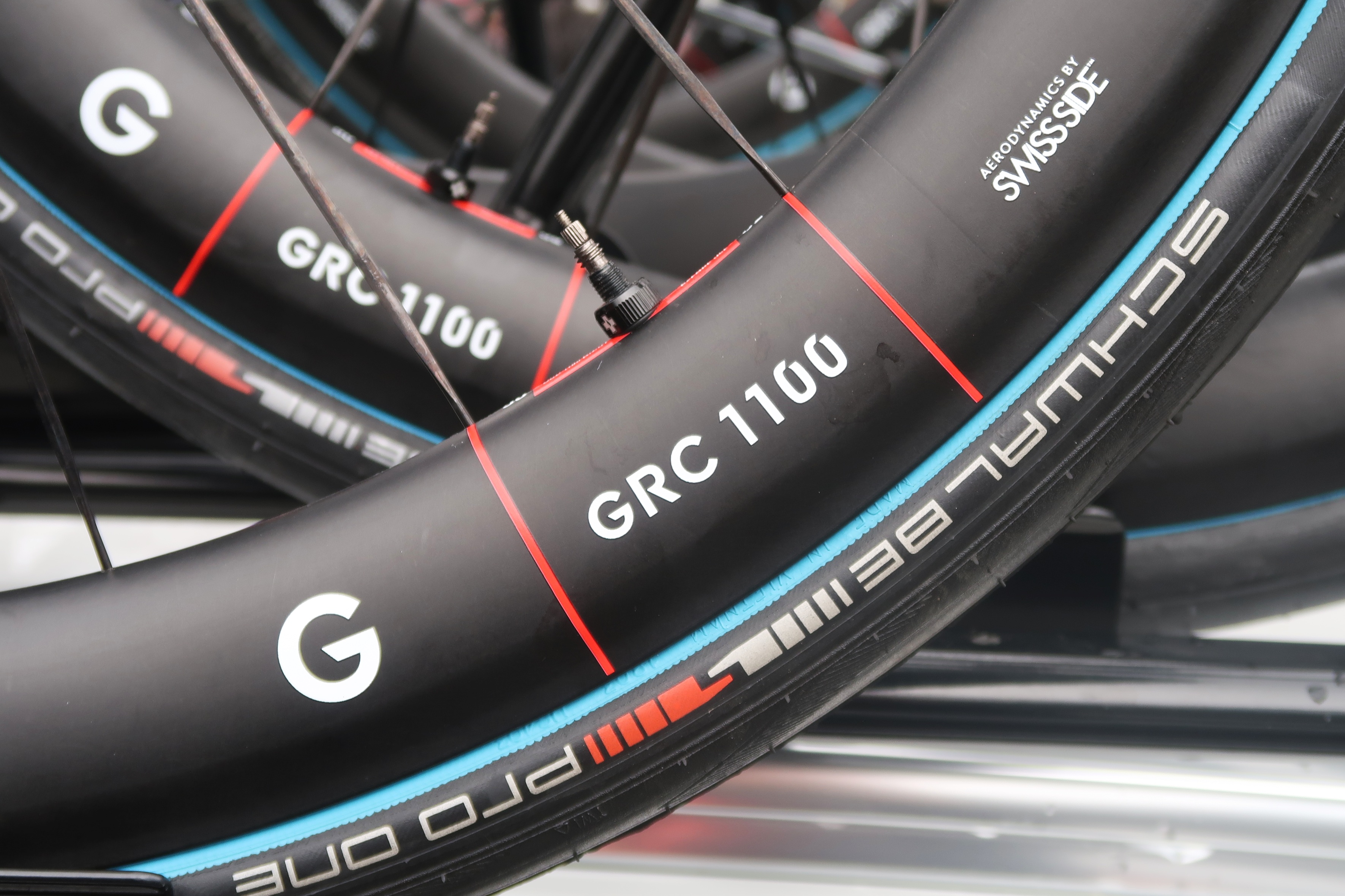
Gravel wheels with wider internal rim widths are seen to improve how the tyre fits on the rim.
Roubaix is good for the consumer, regardless of whether you watch it or not
Paris-Roubaix presents a such a uniquely odd set of circumstances, in which, the fastest athletes, on the fastest equipment, are asked to cope with a course so completely unsuitable, that workarounds have to be found.
The tweaks and improvements we see each year, whether it's tyre pressure systems or frame modifications, find their way into the development conversations and design meetings that lead to improved reliability, better tyre systems, and more comfort for our own bikes.
So, as long as mechanical failures continue persist on the cobbles of Roubaix, you can expect our own bikes to keep getting better. And, that has to be a good thing...

Thank you for reading 20 articles this month* Join now for unlimited access
Enjoy your first month for just £1 / $1 / €1
*Read 5 free articles per month without a subscription

Join now for unlimited access
Try first month for just £1 / $1 / €1
Get The Leadout Newsletter
The latest race content, interviews, features, reviews and expert buying guides, direct to your inbox!

Joe is Cycling Weekly's tech writer. He's always had a love for bikes, since first riding a two wheeled steed before the age of four. Years down the line, Joe began racing at 16, and enjoyed great experiences internationally, racing in Italy, Spain and Belgium to name a few locations. Always interested in tech, Joe even piloted his Frankenstein hill climb bike to a Junior National Title in 2018. After taking a step back from elite level racing in April 2022, Joe joined our team as a freelancer, before becoming Tech Writer in May 2023.
You must confirm your public display name before commenting
Please logout and then login again, you will then be prompted to enter your display name.
-
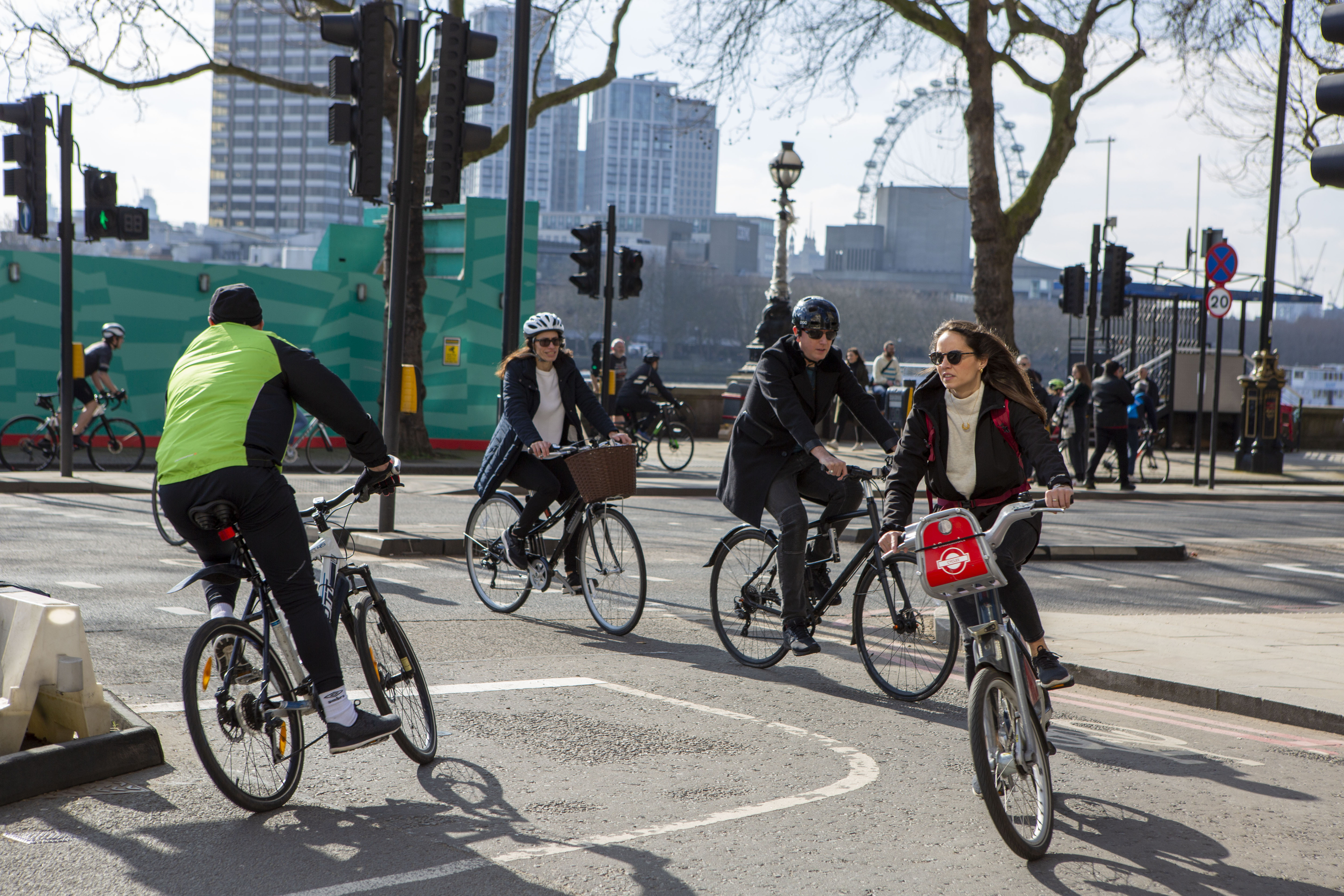 Only 1% of London bike thefts result in police action, according to figures
Only 1% of London bike thefts result in police action, according to figuresMore than 1,363 incidents of bike-related crime were reported in the London borough of Hackney last year
-
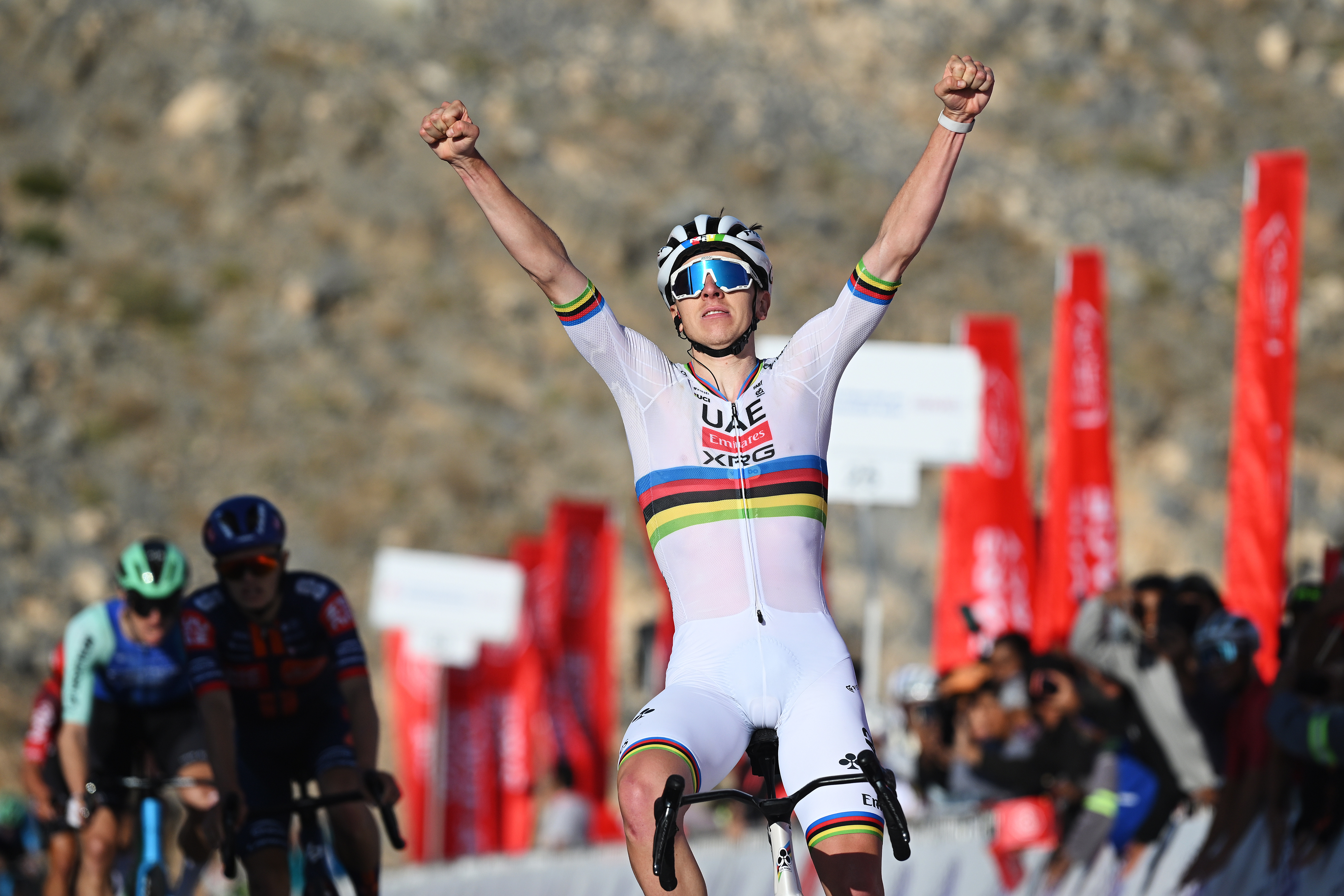 Tadej Pogačar is going to race fans up a mountain - here's how you can enter
Tadej Pogačar is going to race fans up a mountain - here's how you can enterWorld champion to take part in cycling challenge on his favourite climb in Slovenia